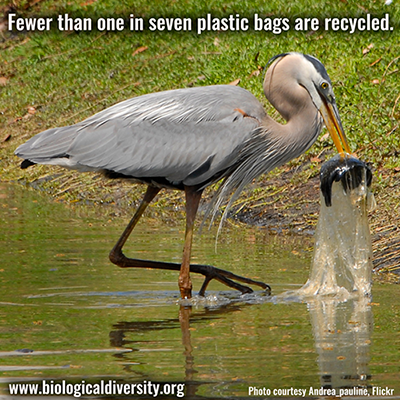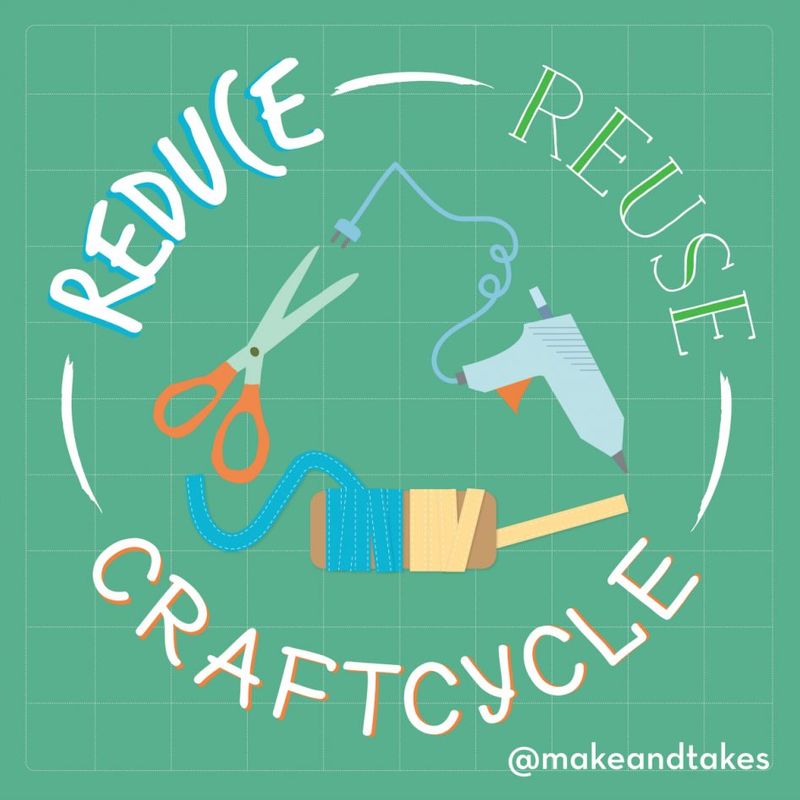
This logo isn't an ad or affiliate link. It's an organization that shares in our mission, and empowered the authors to share their insights in Byte form.
Rumie vets Bytes for compliance with our
Standards.
The organization is responsible for the completeness and reliability of the content.
Learn more
about how Rumie works with partners.
Plastic pollution is a real problem in our world...
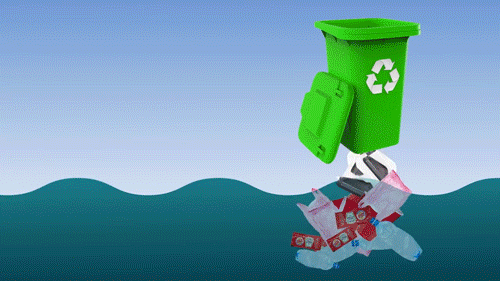
One of the main sources of plastic pollution is plastic bags. In the U.S., people use an average of 365 plastic bags per year. That's 1 bag every day!
These bags often end up in landfills, taking 500-1,000 years to break down. Even then, they don't decompose fully. Instead, they break down into smaller and smaller pieces of the bag called microplastics.
To try and do our part in avoiding this fate for our bags, many people recycle their bags in bins at stores. Unfortunately, even these recycling collections of bags don't make it to recycling centers.
You can make a difference by reusing and repurposing plastic bags!
What can we do?
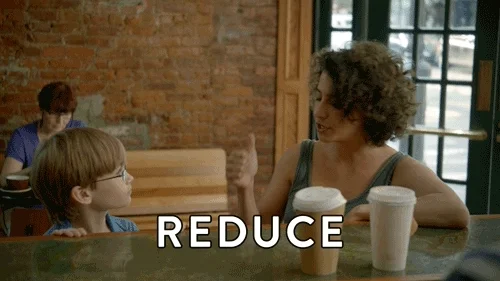
Recycling is a great idea, but the video below shows what happened when a news team tracked bags in a recycling bin:
Since we can't fully rely on recycling bags, focus on reducing, reusing, and repurposing them!
Reduce/Reuse
Bring baskets or reusable cloth bags with you when you shop.
Don't take a bag if you can carry the items without one.
Use as few bags as possible if you do need to use them.
Reuse the plastic bags you have! Remember, they were meant to be reusable in the first place.
Repurpose
Get crafty! There are endless opportunities for plastic bags:
jump rope
basket
flower pot
coaster
sleeping mat
tote
decorations
kite
hammock
dog leash
outdoor pillow insert
trash can
Check out more ideas from Artsy Craft Mom and DIYnCrafts or come up with your own great ideas!
Quiz
Taking your grocery bag to the mall to put your new clothes in is an example of _______.
You first used the bag at the grocery store, then you reused it by bringing it to the mall and using it for clothing too.
Let's Start Repurposing!
Plastic Bags + Yarn = Plarn
Plarn, or plastic yarn, is the first step to creating an unlimited number of projects with your plastic bags.
Watch the video below to learn how:
Also, check out this step-by-step image guide from Brooklyn Refinery to help you:
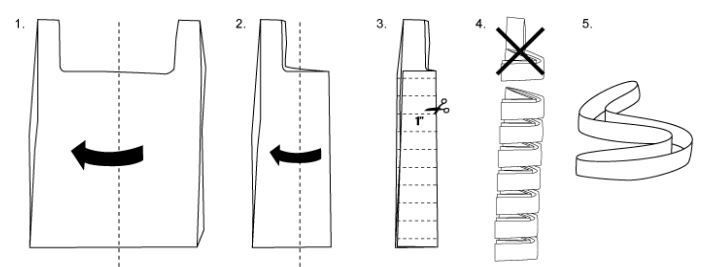

A few tips from my experience:
Use sharp scissors.
Use an old wrapping paper tube to wrap plarn around as you make it.
Work on a hard, flat surface.
Sort by color first, if you want.
Cut first, and sort strips vs. scraps (the handles and bottoms of the plastic bags, which can't be used).
Attach and wrap after you've cut a lot of strips.
Did you know?
Check out this article about a group of women in Cambodia who are part of Rehash Trash, a group that cleans up plastic bags from their community and repurposes them into beautiful and profitable projects.
Use your new "plarn!"
The fun part!
Get creative and start "craftcycling" (crafting + recycling = craftcycling).
You can follow almost any crochet or knitting pattern for bags, coasters, bottle holders, soap holders, dish scrubs, flower pots, leashes, ropes, etc. to use your plarn to save the planet (and make something cool).
Here are some of my favorites:
Friendship Bracelets (no crochet skills!)
Check out some projects I've made:
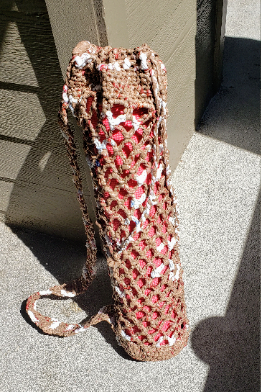

Take Action
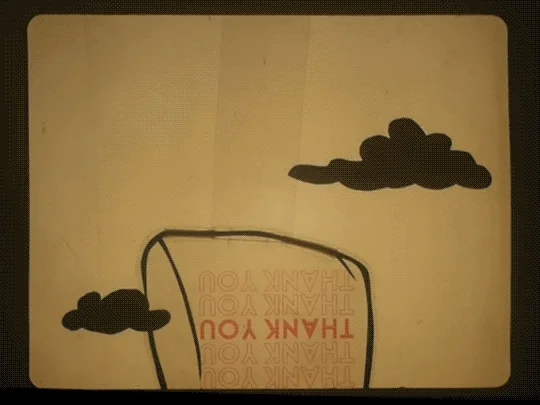
Our planet will thank you for your craftcycling!
This Byte has been authored by
Maggie Teper
Instructional Designer
MEd
